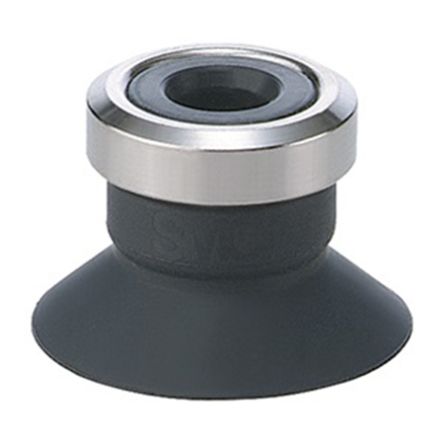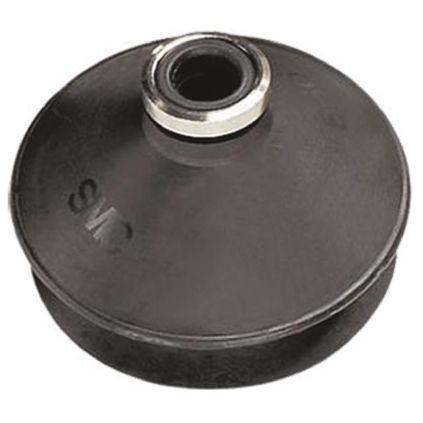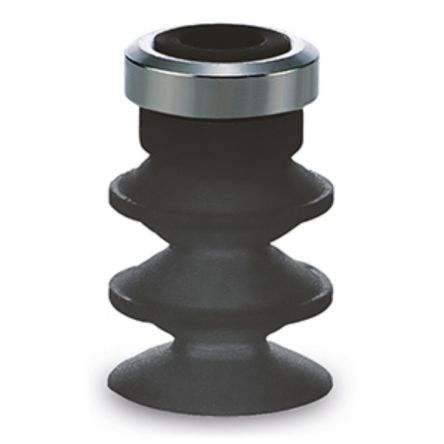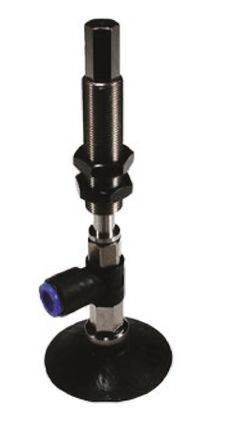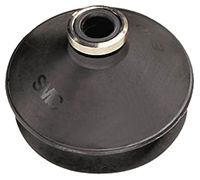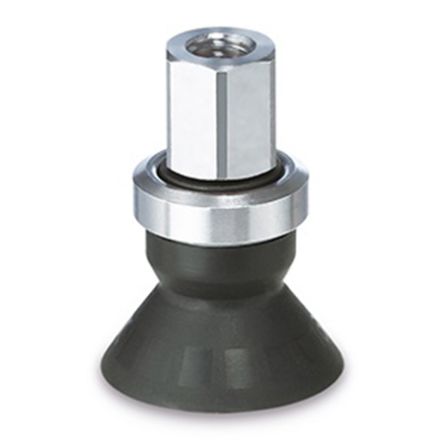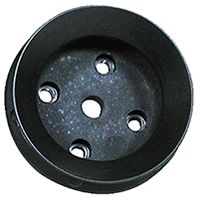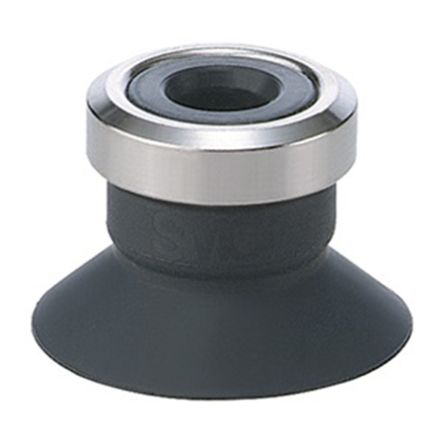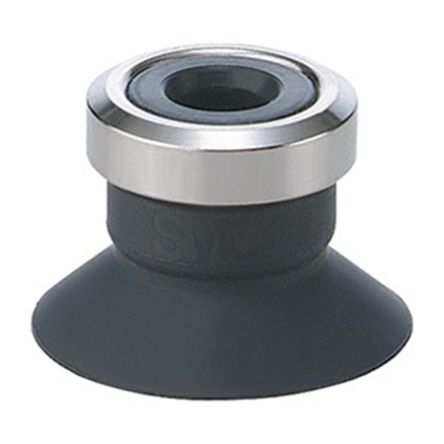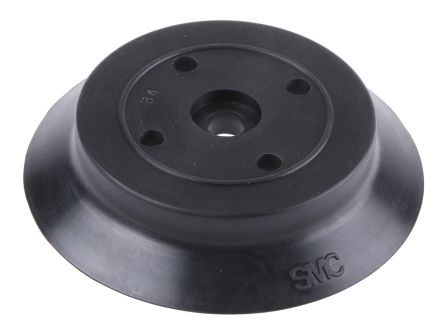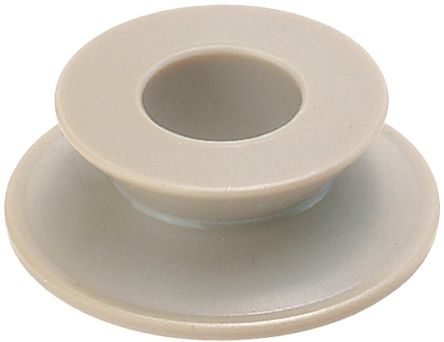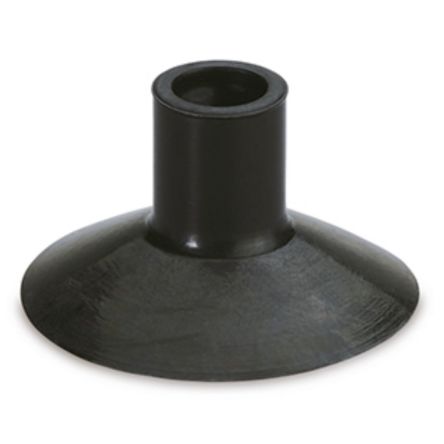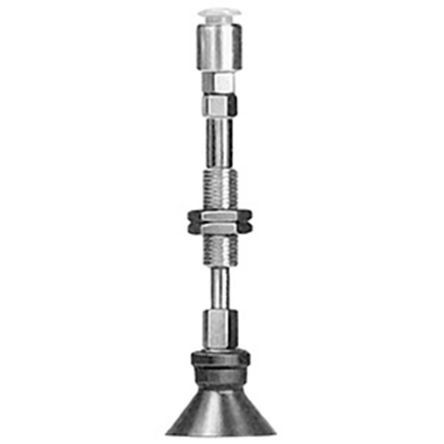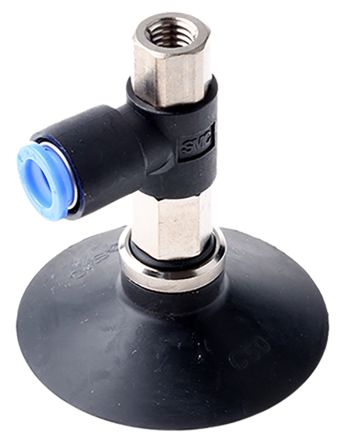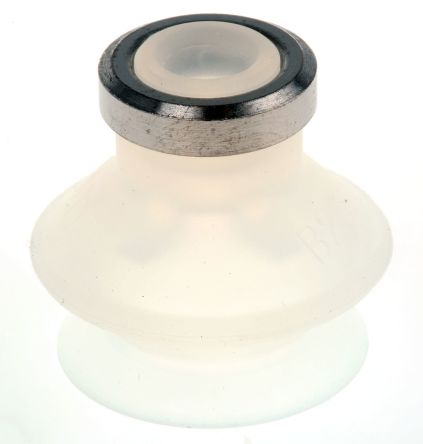- Automation & Control Gear
- Cables & Wires
- Enclosures & Server Racks
- Fuses & Circuit Breakers
- HVAC, Fans & Thermal Management
- Lighting
- Relays & Signal Conditioning
- Switches
- Batteries & Chargers
- Connectors
- Displays & Optoelectronics
- ESD Control, Cleanroom & PCB Prototyping
- Passive Components
- Power Supplies & Transformers
- Raspberry Pi, Arduino, ROCK, STEM Education & Development Tools
- Semiconductors
Pneumatic Suction Cups
Pneumatic suction cups are also known as vacuum cups, vacuum pads and suckers and they can be attached to various surfaces to provide a safe and secure way to move and hold products. Suction cups mould to the shape of the object they are handling without causing any damage. Suction cups are manufactured from a range of materials and perform well in many environments from light duty to heavy industrial.
A suction cup works by having less air pressure on one side of the cup than the other side of the suction cup. When pressure is put onto the suction cup it forces air out of the area, creating a vacuum. The vacuum created enables you to move and lift any product. Suction cups will not work when there is a low atmospheric pressure. Before use check that the suction cup surface is clean and free from dirt or grit to ensure a maximum grip.
Special grippers are sometimes used in tasks which suction cups cannot be used to handle delicate and brittle workpieces and are referred to as Bernoulli effect grippers.
How do pneumatic suction cups work?
When a suction cup contacts the surface of an object, it activates a vacuum generator (such as a blower, vacuum ejector or vacuum pump) that draws air from the space between the cup and the item. As soon as the atmospheric pressure is greater than the pressure between the object and the cup, atmospheric pressure presses the suction cup against the item, holding it firmly.
What is holding force?
Holding force is the amount of force required to move an object. This is measured in Newtons (N) and when looking for the right suction cup, ensure you choose one that will lift, move the weight and size of the object.
What are suction cups made of?
Suction cups are made from various materials like:
- Silicone
- Nitrile
- Polyurethane (PUR)
- Fluororubber
- Silicone rubber
Suction Cup Types Available
- Bellows - ideal for concave and convex shapes. Require minimum pressure. Work on slanted surfaces. Absorbs any alignment problems.
- Deep - excellent with curved objects. Enhanced grip.
- Flat - suitable for glass, metal sheets and cardboard.
Pneumatic suction cups are available in a range of shapes, sizes, diameters and designs and will handle most products. RS have a great range of pneumatic products including suction cups and grippers suitable for every industry and application.


